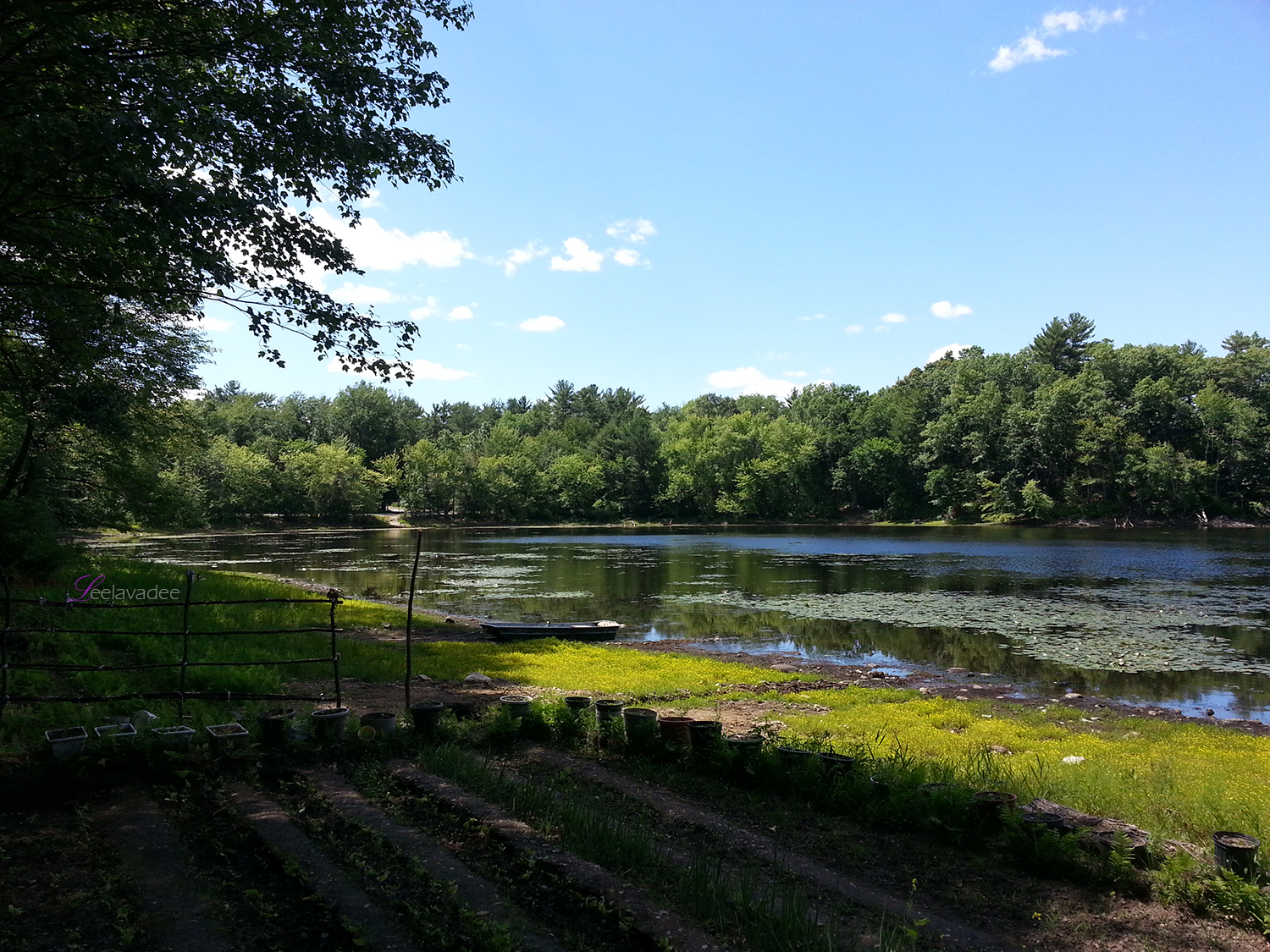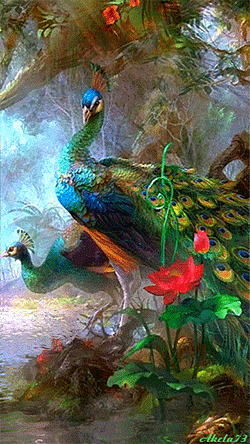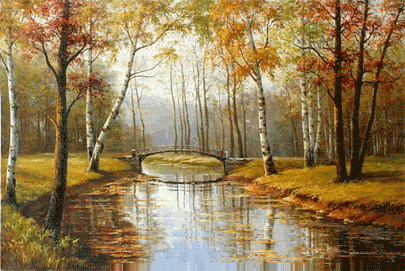The Story of Thera Sariputta
Verse 95: Like the earth, the arahat is patient and is not provoked to respond in anger; like the door-post he is firm; he is unperturbed by the ups and downs of life; he is serene and pure like a lake free from mud. For such an arahat there will be no more rebirth.
1. apetakaddamo: free from mud. The lake water being free from mud is unpolluted; the arahat being free from defilements is also serene and pure.
The Story of Thera Sariputta
While residing at the Jetavana monastery, the Buddha uttered Verse (95) of this book, with reference to the Chief Disciple Sariputta and a young bhikkhu.
It was the end of the vassa; and Thera Sariputta was about to set out on a journey with some followers. A young bhikkhu, who bore some grudge against the thera, approached the Buddha and falsely reported that Thera Sariputta had abused him and beaten him. The Buddha therefore sent for the thera and questioned him, and Thera Sariputta replied as follows: “Venerable Sir! How could a bhikkhu, who steadfastly keeps his mind on the body, set out on a journey without apologizing, after doing wrong to a fellow bhikkhu? I am like the earth, which feels no pleasure when flowers are cast on it, nor resentment when rubbish and excreta are piled upon it. I am also like the door-mat, the beggar, the bull with broken horns; I also feel abhorrence for the impurity of the body and am no longer attached to it.”
When Thera Sariputta spoke thus, the young bhikkhu felt very much distressed and wept bitterly, and admitted that he had lied about the Chief Disciple Sariputta. Then the Buddha advised Thera Sariputta to accept the apology of the young bhikkhu, lest a heavy punishment should fall on him and get his head crushed. The young bhikkhu then admitted that he had done wrong and respectfully asked for pardon. Thera Sariputta pardoned the young bhikkhu and also asked to be forgiven if he also had done any wrong.
All those present talked in praise of Thera Sariputta, and the Buddha said, “Bhikkhus, a bhikkhu like Sariputta has no anger or ill will in him. Like the earth and the door-post, he is patient, tolerant, and firm; like the lake free from mud, he is serene and pure.”
Then the Buddha spoke in verse as follows:
Verse 95: Like the earth, the arahat is patient and is not provoked to respond in anger; like the door-post he is firm; he is unperturbed by the ups and downs of life; he is serene and pure like a lake free from mud. For such an arahat there will be no more rebirth.
Dhammapada Verse 95
Sariputtatthera Vatthu
Pathavisamo no virujjhati
indakhilupamo tadi subbato
rahadova apetakaddamo1
samsara na bhavanti tadino.
Source: Tipitaka












